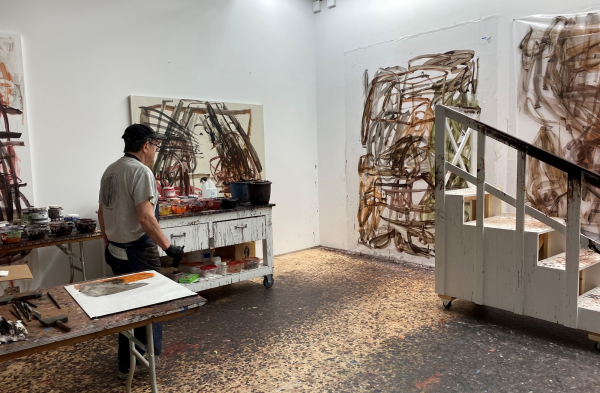 1. We are going to do a show at the Gallery next spring, but it was not your first show in Italy. The first one was at Le Case d’Arte of Pasquale Leccese. How do you feel about it? How is your relationship with Italy?
1. We are going to do a show at the Gallery next spring, but it was not your first show in Italy. The first one was at Le Case d’Arte of Pasquale Leccese. How do you feel about it? How is your relationship with Italy?
I was also in The Venice Biennale and several group shows, but I never went. So, my relationship with respect to my own work and Italy is quite limited. I’ve been to visit, though, and of course I love it and I love the food, and am inspired by the art, architecture, and culture in general.
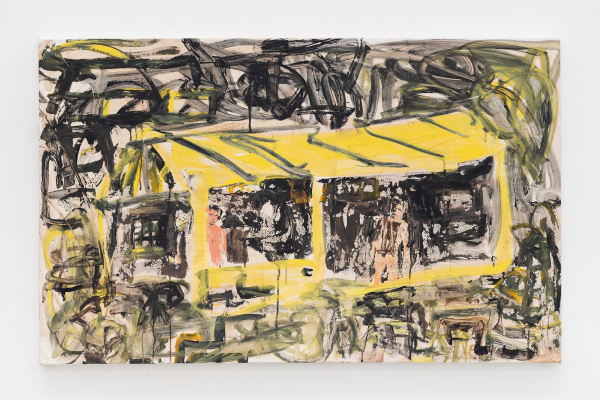 2. Annina Nosei is also Italian and she was also one of your first gallery that shows your works in NYC. How was working with her? How much this has influenced your practice/career?
2. Annina Nosei is also Italian and she was also one of your first gallery that shows your works in NYC. How was working with her? How much this has influenced your practice/career?
That was so long ago, and I’ve evolved substantially since then. Annina had a complex personality, but was extremely smart especially about art. Sometimes I was taken aback by her unpredictability, but she still influenced me, especially about art and art history.
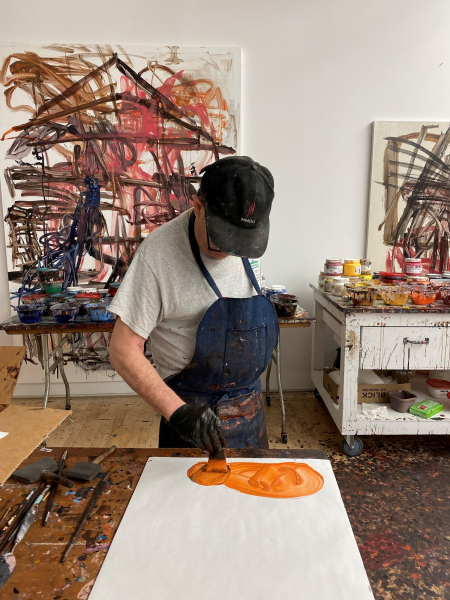
3. The Eighties was the period during which you become famous everywhere; who were references? And who were the artists and companions with whom you spent time?
Not really famous, but better known. I spent time with Pat Hogan, Jack Barth, David True, William Wegman, and Ross Bleckner, among others. I was mostly isolated and spent my days in the studio. I loved Neil Jenney’s and Gilbert & George’s work. I was rather all over the place with influences.
4. The Nineties was also very important in your career; you showed in many museums and others important galleries of that time, such as Jay Gorney and Blum & Poe. One of my favorite shows of that period was the one with Ed Ruscha. Can you tell us more about it?
I made photographs from a helicopter both at night (with a powerful spotlight) and at day. It was the dealer Andrea Rosen’s idea to show my aerial photos with his in her gallery. I was very honored, and it was a smart show.
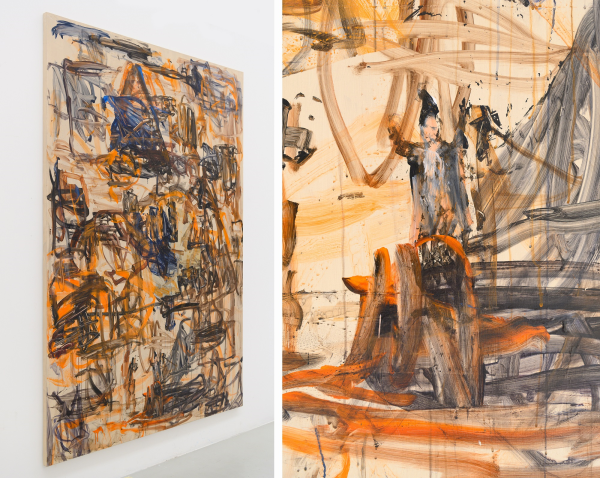
5. At the beginning your work was more focused on landscapes and panoramas, how did you did you come to this new type of work? How and why is your work developed?
My work has veered towards abstraction and flatness, with an emphasis on active brushstrokes.
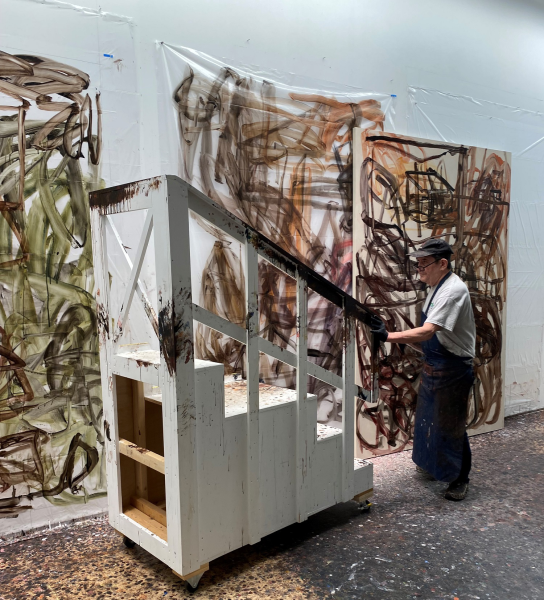 6. Your paintings are first made on a kind of plastic and then glued on canvas. Can you tell us more about this singular technique?
6. Your paintings are first made on a kind of plastic and then glued on canvas. Can you tell us more about this singular technique?
The plastic is common polyethylene, and it is not glued on canvas. It is transferred to canvas like a decal. There is no plastic remaining on the final painting.
7. In January you are going to show both at Eva Presenhuber and Venus over Manhattan galleries. Then there will be our show at the Gallery, and then, you will also have another show in Denmark; why there is so much interest for your work now?
I think my work is a little controversial but well-liked. I feel lucky but at the same time I feel I’ve accomplished something significant with my work. I think they’re good paintings and stand on their own.